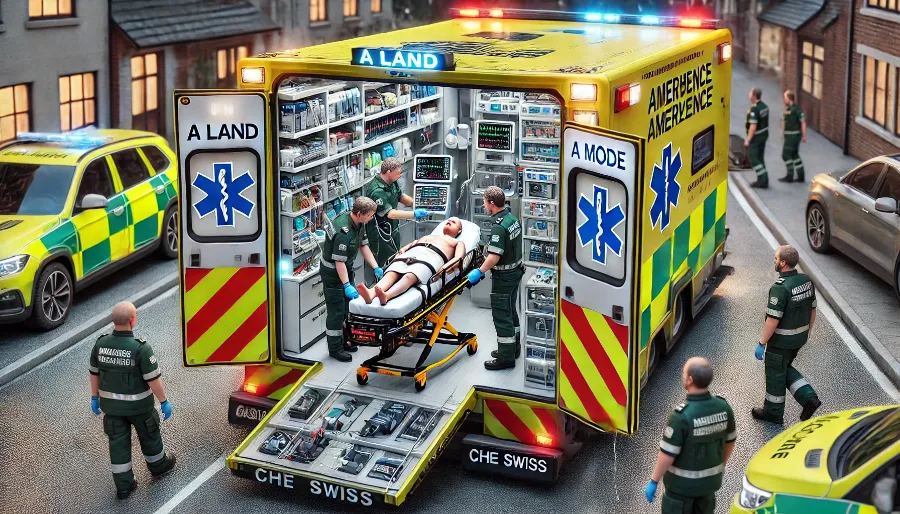
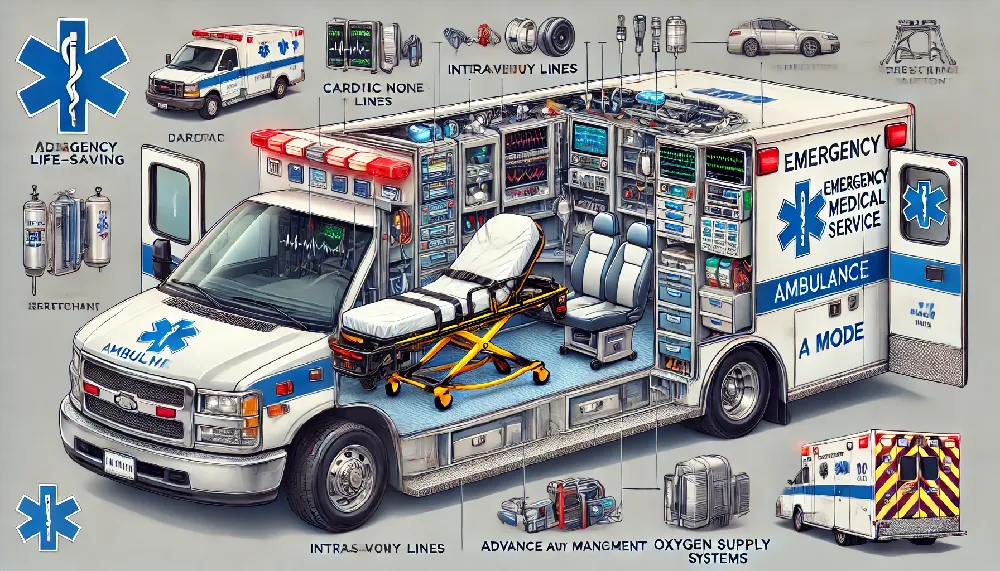
Authored by Dr. Pooyan Ghamari, PhD
Ambulance A Mode, also known as Advanced Life Support (ALS) Ambulance, is a pivotal element in the field of emergency medical services (EMS). These ambulances are outfitted with advanced medical equipment and staffed by highly trained paramedics capable of providing sophisticated medical care during patient transport. This comprehensive guide delves into the features, typical uses, advantages, limitations, and best practices for utilizing ALS ambulances.
Key Features of Ambulance A Mode
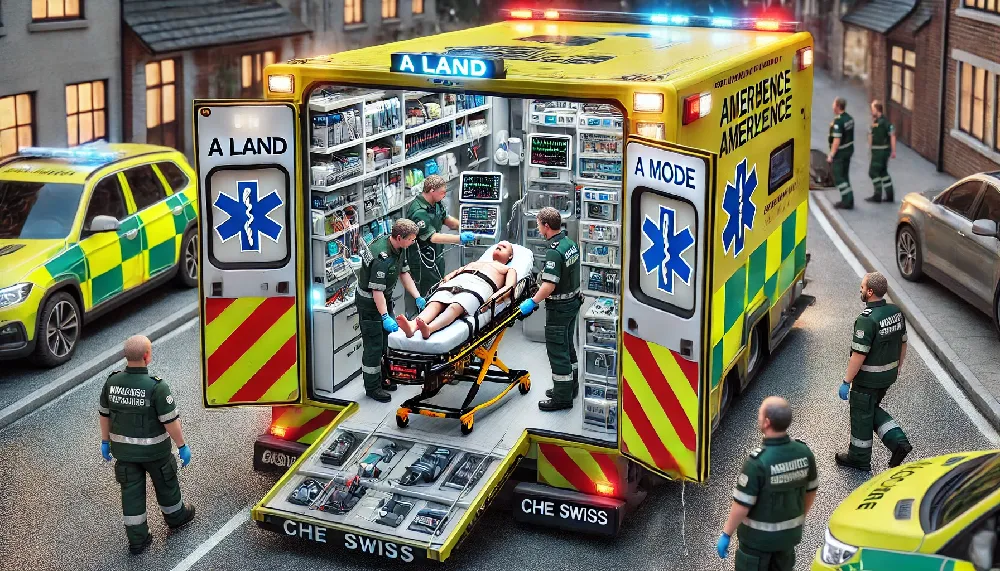
- Advanced Medical Equipment:
- Cardiac Monitors: Used for continuous monitoring of the patient’s heart activity, crucial for identifying and managing cardiac events.
- Intravenous Lines: Allow for the administration of medications and fluids directly into the bloodstream, essential for patients in critical condition.
- Advanced Airway Management Tools: Includes equipment such as endotracheal tubes and laryngoscopes, necessary for managing complex airway situations.
- Oxygen Supply Systems: Essential for patients requiring supplemental oxygen to maintain adequate oxygen levels.
- Defibrillators: Critical for delivering shocks to the heart in cases of life-threatening cardiac arrhythmias.
- Medication Kits: Stocked with a variety of emergency drugs needed for advanced life support, including pain management, sedatives, and cardiac medications.
- Patient Transport Capabilities:
- Stretcher: Provides safe and secure transport for patients, designed to handle varying medical conditions.
- Safety Belts: Ensure the patient is securely fastened during transit to prevent any movement that could worsen their condition.
- Space for Paramedics: Ample room for paramedics to perform medical procedures and provide care en route to the hospital.
- Seating for Attendants: Includes additional seating to accommodate one or more attendants or family members.
- Communication Systems:
- Advanced Communication Equipment: Facilitates real-time coordination with hospitals and emergency dispatch centers, ensuring seamless communication and readiness.
- Safety and Comfort Features:
- Climate Control: Maintains a controlled environment to ensure patient comfort regardless of external weather conditions.
- Lighting and Storage: Adequate lighting and ample storage compartments for medical supplies and equipment, ensuring everything is within easy reach.
Common Applications of ALS Ambulances
- Critical Emergency Response: Transporting patients experiencing severe medical conditions such as heart attacks, strokes, major trauma, and severe respiratory distress. These ambulances are equipped to handle the most critical situations.
- Inter-Facility Transfers: Moving critically ill patients between hospitals for specialized care, ensuring they receive continuous advanced medical support during transport.
- Advanced On-Site Medical Support: Providing advanced medical support at large public events, sports matches, and other gatherings where the risk of severe medical incidents is higher.
Training for Paramedics on ALS Ambulances
Paramedics on ALS ambulances undergo extensive training in several key areas:
- Advanced Cardiac Life Support (ACLS): Training to manage severe cardiac conditions, including the use of advanced medications and techniques.
- Advanced Airway Management: Skills to handle complex airway situations, including intubation and use of advanced airway devices.
- Pharmacology: In-depth knowledge of emergency medications, including indications, dosages, and administration techniques.
- Trauma Care: Advanced skills in managing major trauma, including the use of specialized equipment and techniques to stabilize patients.
- Critical Care Transport: Training in providing care during transport for critically ill patients, ensuring their condition is managed effectively throughout the journey.
Benefits of ALS Ambulances
- Advanced Medical Capabilities: Equipped with cutting-edge life-saving equipment and a wide range of emergency medications.
- Highly Trained Staff: Staffed by paramedics trained in advanced medical procedures, capable of providing high-level care.
- Comprehensive Patient Care: Capable of managing severe medical emergencies and providing continuous advanced care during transport, ensuring patients receive the best possible care.
Limitations of ALS Ambulances
- Higher Costs: The operational costs are higher due to the advanced equipment and highly trained staff required.
- Limited Availability: ALS ambulances are less common than BLS ambulances, especially in rural areas, which can affect response times and availability.
Guidelines for Optimal Use of ALS Ambulances
- Assess the Patient’s Condition:
- Ensure the patient requires advanced medical intervention.
- Use advanced monitoring tools to evaluate vital signs and condition, making necessary adjustments based on the patient’s needs.
- Effective Communication:
- Maintain regular communication with emergency dispatch centers for updates and instructions.
- Coordinate with receiving hospitals to ensure they are prepared for the patient's arrival and can provide the necessary care immediately.
- Equipment Maintenance:
- Regularly inspect and maintain all advanced medical equipment to ensure functionality and readiness.
- Keep medication kits fully stocked and updated, ensuring all drugs are within their expiry dates and ready for use.
- Patient Safety and Comfort:
- Secure the patient with safety belts during transport to prevent any movement that could exacerbate their condition.
- Maintain a comfortable climate within the ambulance to help reduce patient stress and ensure they are in the best possible environment.
- Provide necessary comfort measures, such as blankets or pillows, to further enhance patient comfort during transport.
- Adherence to Protocols:
- Follow established procedures for patient assessment and transport, ensuring all steps are taken to provide the highest level of care.
- Ensure all paramedics are familiar with and adhere to these procedures consistently, maintaining high standards of care.
Final Thoughts
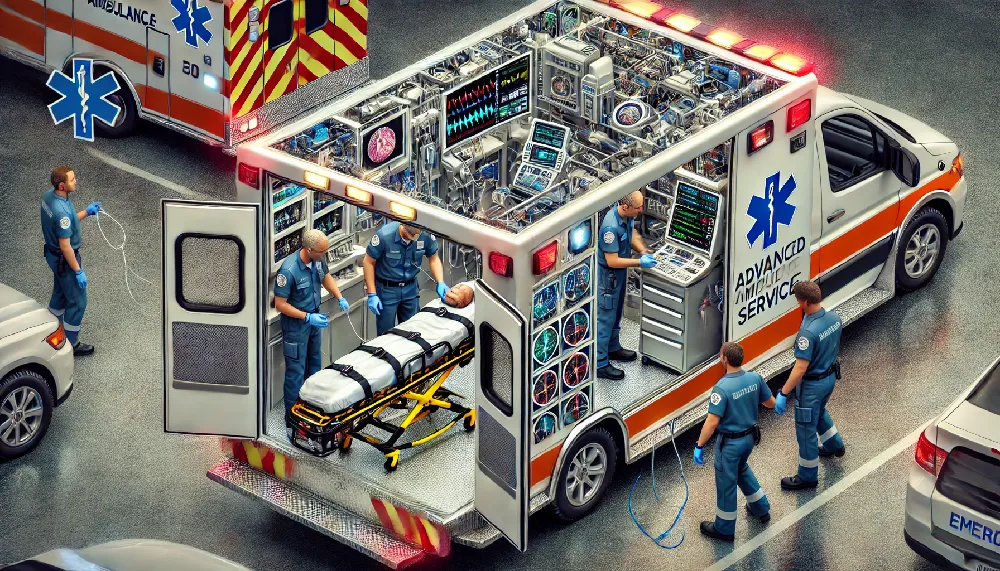
Ambulance A Mode, or Advanced Life Support (ALS) Ambulance, is a critical component of emergency medical services. By offering advanced care and safe transport for critically ill patients, ALS ambulances play an essential role in healthcare systems. Equipped with state-of-the-art medical tools and staffed by highly trained paramedics, these ambulances ensure patients receive the highest level of care during transport. Proper use and maintenance of ALS ambulances, along with adherence to established guidelines, help achieve optimal patient outcomes and efficient emergency response.
This detailed guide, authored by Dr. Pooyan Ghamari, PhD, provides a thorough understanding of Ambulance A Mode, its features, uses, and best practices, ensuring you are well-informed about this essential emergency service.
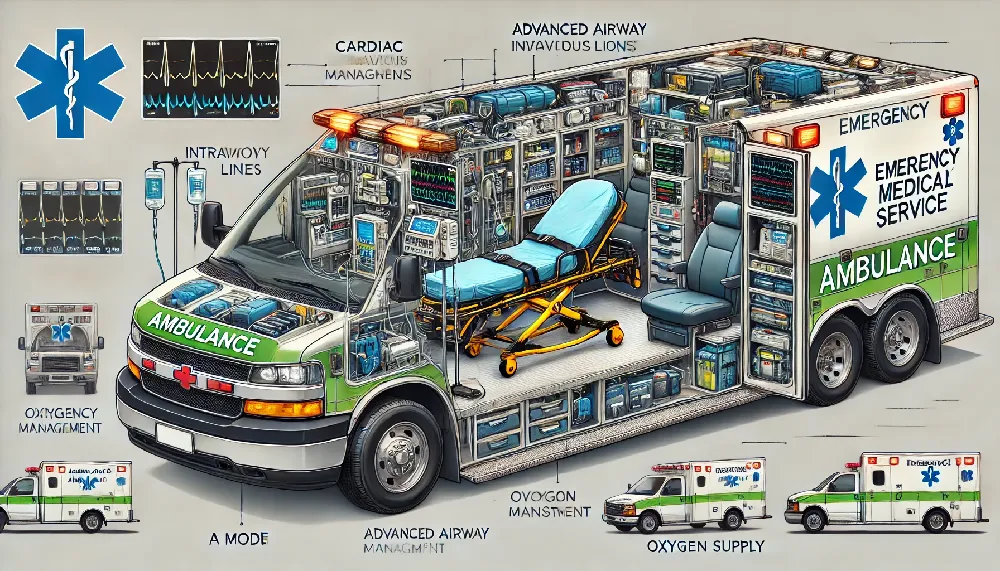













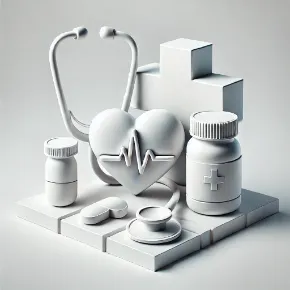







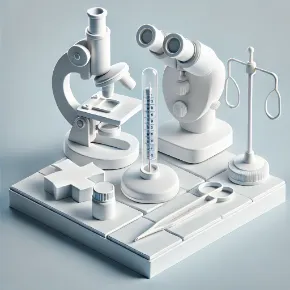
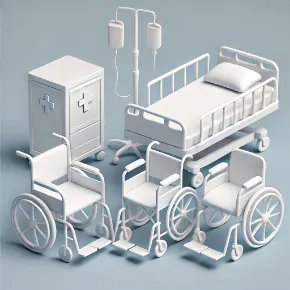

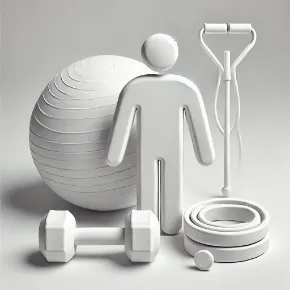
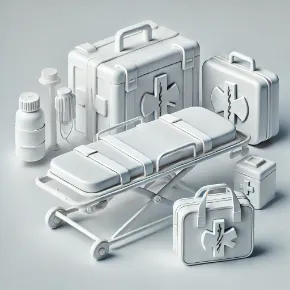
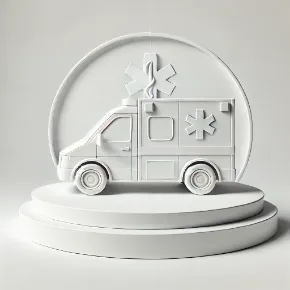












vvfhgedexy http://www.geefvqf8h70925na29351696wh29hugos.org/
<a href="http://www.geefvqf8h70925na29351696wh29hugos.org/">avvfhgedexy</a>
[url=http://www.geefvqf8h70925na29351696wh29hugos.org/]uvvfhgedexy[/url]